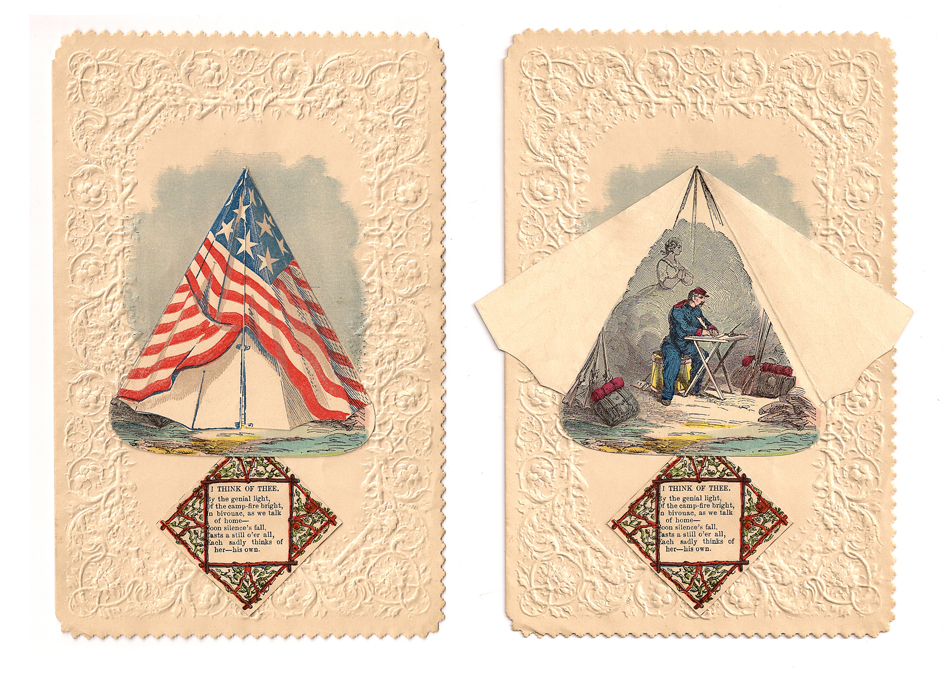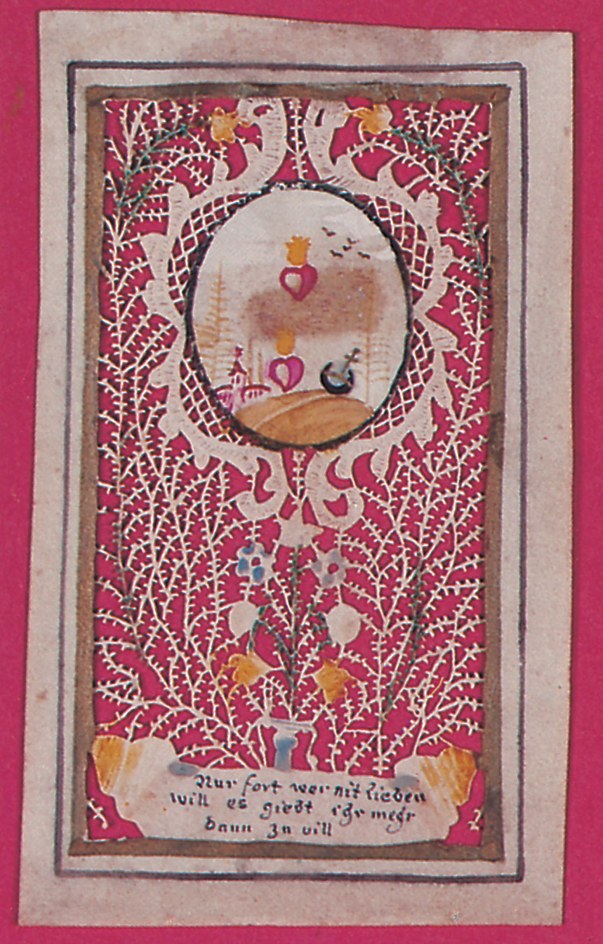Valentine’s Day is a special day observed on February 14. On this day, people send greeting cards called valentines to their sweethearts, friends, and members of their families. Many valentines have romantic verses, and others have humorous pictures and sayings. Many say, “Be my valentine.”

For weeks before February 14, stores sell valentines and valentine decorations. Schoolchildren decorate their classrooms with paper hearts and lace for the occasion. On Valentine’s Day, many people give candy, flowers, and other gifts to their friends.
Valentine’s Day around the world
In the United States and Canada,
children exchange valentines with their friends. In some schools, the children hold a classroom party and put all the valentines into a box they have decorated. At the end of the day, the teacher or one child distributes the cards. Many children make their own valentines from paper doilies, red paper, wallpaper samples, and pictures cut from magazines. Sometimes they buy kits that include everything needed to make valentines. Many children send their largest, fanciest cards to their parents and teachers.

Older students hold Valentine’s Day dances and parties. They make candy baskets, gifts, and place cards trimmed with hearts and fat, winged children called cupids. Many people send flowers, a box of candy, or some other gift to their wives, husbands, or sweethearts. Most valentine candy boxes are heart-shaped and tied with red ribbon.
In Europe,
people celebrate Valentine’s Day in many ways. British children sing special Valentine’s Day songs and receive gifts of candy, fruit, or money. In some areas of England, people bake valentine buns with caraway seeds, plums, or raisins. People in Italy hold a Valentine’s Day feast.
In the United Kingdom and Italy, some unmarried women get up before sunrise on Valentine’s Day. They stand by the window watching for a man to pass. They believe that the first man they see, or someone who looks like him, will marry them within a year. William Shakespeare, the English playwright, mentions this belief in Hamlet (1603). Ophelia, a woman in the play, sings:
Good morrow! ‘Tis St. Valentine’s Day All in the morning betime, And I a maid at your window, To be your valentine!
In Denmark, people send pressed white flowers called snowdrops to their friends. Danish men also send a type of valentine called a gaekkebrev (joking letter). The sender writes a rhyme but does not sign his name. Instead, he signs the valentine with dots, one dot for each letter of his name. If the woman who gets it guesses his name, he rewards her with an Easter egg on Easter. Some people in Britain also send valentines signed with dots.
History
Beginnings.
Different authorities believe Valentine’s Day began in various ways. Some trace it to an ancient Roman fertility festival called Lupercalia. Other experts connect the event with one or more saints of the early Christian church. Still others link it with an old English belief that birds choose their mates on February 14. Valentine’s Day probably came from a combination of all three of those sources—plus the belief that spring is a time for lovers.
The ancient Romans held the festival of Lupercalia on February 15. During this celebration, young men struck people with strips of animal hide. Women took the blows because they thought that the whipping made them more fertile. After the Romans began their conquest of Britain in A.D. 43, the British borrowed many Roman festivals. Many writers link the festival of Lupercalia with Valentine’s Day because of the similar date and the connection with fertility.
The early Christian church had at least two saints named Valentine. According to one story, the Roman Emperor Claudius II in the A.D. 200’s forbade young men to marry. The emperor thought single men made better soldiers. A priest named Valentine disobeyed the emperor’s order and secretly married young couples.
Another story says Valentine was an early Christian who made friends with many children. The Romans imprisoned him because he refused to worship their gods. The children missed Valentine and tossed loving notes between the bars of his cell window. This tale may explain why people exchange messages on Valentine’s Day. According to still another story, Valentine restored the sight of his jailer’s blind daughter.
Many stories say that Valentine was executed on February 14 about A.D. 269. In A.D. 496, Saint Pope Gelasius I named February 14 as St. Valentine’s Day.
In Norman French, a language spoken in Normandy during the Middle Ages, the word galantine sounds like Valentine and means gallant or lover. This resemblance may have caused people to think of Saint Valentine as the special saint of lovers.
The earliest records of Valentine’s Day in English tell that birds chose their mates on that day. People used a different calendar before 1582, and February 14 came on what is now February 24. Geoffrey Chaucer, an English poet of the 1300’s, wrote in The Parliament of Fowls, “For this was on St. Valentine’s Day, / When every fowl cometh there to choose his mate.” Shakespeare also mentioned this belief in A Midsummer Night’s Dream. A character in the play discovers two lovers in the woods and asks, “St. Valentine is past; / Begin these woodbirds but to couple now?”
Early Valentine customs.
People in England probably celebrated Valentine’s Day as early as the 1400’s. Some historians trace the custom of sending verses on Valentine’s Day to a Frenchman named Charles, Duke of Orleans. Charles was captured by the English during the Battle of Agincourt in 1415. He was taken to England and put in prison. On Valentine’s Day, he sent his wife a rhymed love letter from his cell in the Tower of London.
Many Valentine’s Day customs involved ways that single women could learn who their future husbands would be. Englishwomen of the 1700’s wrote men’s names on scraps of paper, rolled each in a little piece of clay, and dropped them all into water. The first paper that rose to the surface supposedly had the name of a woman’s true love.
Also in the 1700’s, unmarried women pinned five bay leaves to their pillows on the eve of Valentine’s Day. They pinned one leaf to the center of the pillow and one to each corner. If the charm worked, they saw their future husbands in their dreams.
In Derbyshire, a county in central England, young women circled the church 3 or 12 times at midnight and repeated such verses as:
Loading the player...I sow hempseed. Hempseed I sow. He that loves me best, Come after me now.
Valentine verse
Their true loves then supposedly appeared.
One of the oldest customs was the practice of writing women’s names on slips of paper and drawing them from a jar. The woman whose name was drawn by a man became his valentine, and he paid special attention to her. Many men gave gifts to their valentines. In some areas, a young man gave his valentine a pair of gloves. Wealthy men gave fancy balls to honor their valentines.
One description of Valentine’s Day during the 1700’s tells how groups of friends met to draw names. For several days, each man wore his valentine’s name on his sleeve. The saying wearing his heart on his sleeve probably came from this practice.

The custom of sending romantic messages gradually replaced that of giving gifts. In the 1700’s and 1800’s, many stores sold handbooks called valentine writers. These books included verses to copy and various suggestions about writing valentines.
Commercial valentines
were first made in the early 1800’s. Many of them were blank inside, with space for the sender to write a message. The British artist Kate Greenaway became famous for her valentines in the late 1800’s. Many of her cards featured charming pictures of happy children and lovely gardens.

Esther A. Howland, of Worcester, Massachusetts, became one of the first U.S. manufacturers of valentines. In 1847, after seeing a British valentine, she decided to make some of her own. She made samples and took orders from stores. Then she hired a staff of young women and set up an assembly line to produce the cards. One woman glued on paper flowers, another added lace, and another painted leaves. Howland soon expanded her business into a $100,000-a-year enterprise.
Many valentines of the 1800’s were hand painted. Some featured a fat cupid or showed arrows piercing a heart. Many cards had satin, ribbon, or lace trim. Others were decorated with dried flowers, feathers, imitation jewels, mother-of-pearl, sea shells, or tassels. Some cards cost as much as $10.
From the mid-1800’s to the early 1900’s, many people sent comic valentines called penny dreadfuls. These cards sold for a penny and featured such insulting verses as:
Loading the player...‘Tis all in vain your simpering looks, You never can incline, With all your bustles, stays, and curls, To find a valentine.
Penny dreadful
Many penny dreadfuls and other old valentines have become collectors’ items.
